11 eCommerce SEO Best Practices in 2025
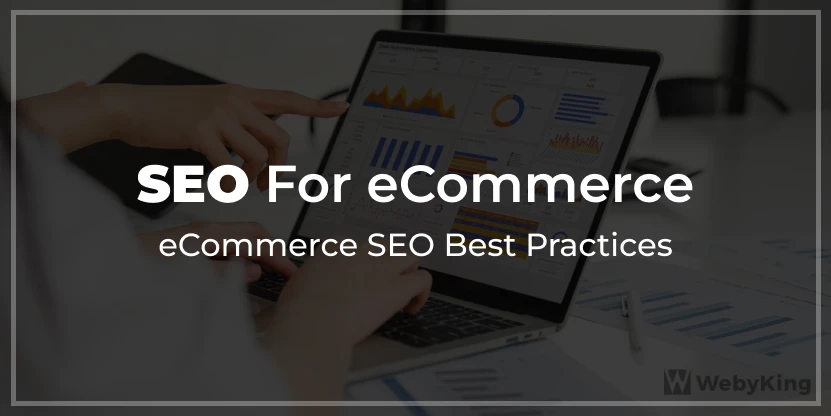
- What is eCommerce SEO and Why It Is Important?
- 11 eCommerce SEO Best Practices in 2025
- How to Perform an eCommerce SEO Audit? A Simple Guide
- Top eCommerce SEO Trends to Watch in 2025
- How Much Does eCommerce SEO Cost in 2025? A Complete Breakdown
- The Importance of Technical SEO for Your eCommerce Store
- Should You Hire an eCommerce SEO Expert or Do It Yourself?
Get In Touch
The eCommerce industry has never been as dynamic as it is now. With eCommerce SEO trends constantly evolving, and online shopping becoming an integral part of our daily lives, businesses are competing to attract the attention of millions of digital consumers.
And with more and more shoppers heading online to make their purchases, anyone who sells anything online has an endless list to compete with. The good news is: that means you have to do everything at your disposal to ensure your store is one of them — or you are bound to get lost in the masses. And that is where eCommerce SEO (Search Engine Optimization) comes into the picture.
SEO in the eCommerce industry is a requirement, irrespective of your company size or no. When done right with best practices for eCommerce SEO, your online store can soar up search rankings to find the right audience and convert like crazy. With so many aspects to manage — including product page optimization, site speed, backlink building, and the importance of technical SEO — it’s essential to know which eCommerce SEO best practices to prioritize first.
So, in this blog, we will take you step-by-step about the 15 eCommerce SEO best practices that you need to pay attention to succeed in 2025 and beyond.
What is eCommerce SEO?
eCommerce SEO (Search Engine Optimization) refers to the practice of optimizing an online store to rank prominently on search engines like Google, Bing, etc. It includes optimizing your product pages, optimizing your keywords, and optimizing your store’s speed, all in a bid to make it easier for your customers to find your store.
In short, it’s about making it easier for potential customers to find your online store.
11 eCommerce SEO Best Practices to Try in 2025
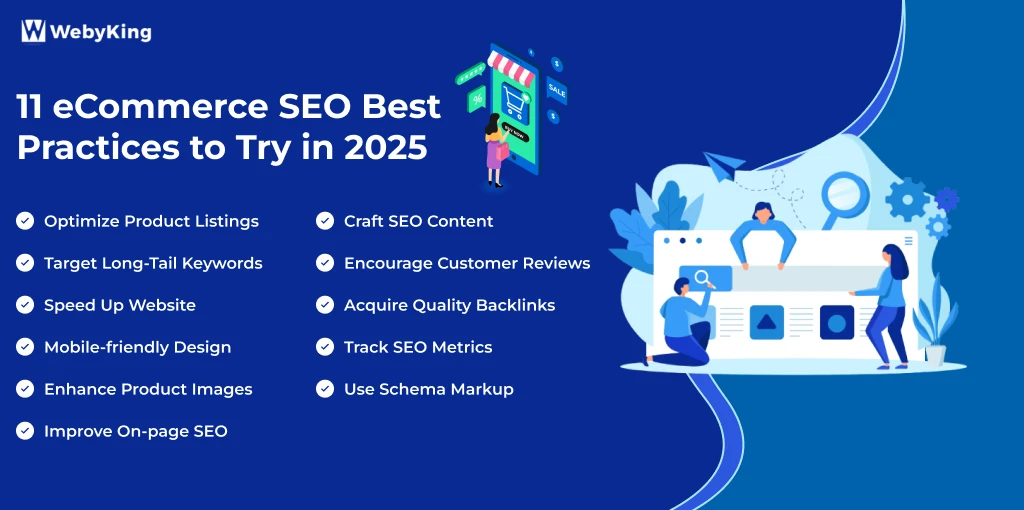
We recommend the following best practices for eCommerce SEO so that online store owners can improve their rankings and conversions. Let’s discuss how you can use SEO best practices for eCommerce websites to increase brand credibility in the long run.
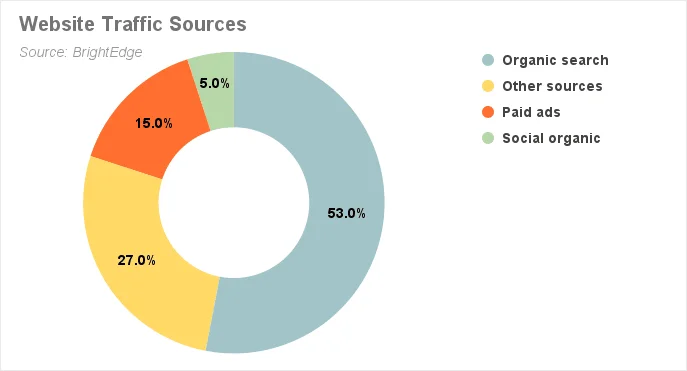
Optimize Product Listings
One of the ways to improve your eCommerce SEO is to optimize your product listings. This is where you can reach your target audience directly. Think about it — when a buyer looks for a product, they want some detailed, crystal-clear data to help them decide to buy.
Add your primary keyword relevant words on your product title in an interesting way to make your listings SEO friendly. Descriptive details should be there to answer customers’ potential questions.
So for example, if you’re selling running shoes, add things like size, material, brand and advantages like “lightweight” or “breathable.”
Product-specific content—such as meta descriptions and image alt tags—should not be overlooked, as they assist search engines in understanding your content.
Target Long-Tail Keywords
Long-tail Keywords should be your secret weapon while building on the eCommerce store. More specific, less competitive, and far more likely to bring your store targeted traffic.
Instead of refining your campaign towards a high-level broad term like “shoes”, narrow your campaign to something much more targeted like “women’s breathable running shoes”.
Long-tail keywords capture users who are further down the buying funnel, which means they are more likely to convert. You can identify the keywords using various tools like SEMRush or Ahrefs. Just be sure to sprinkle them in naturally in your product descriptions, titles, and blog content.
Speed Up Website
We all know how frustrating it is when a website takes forever to load, right? Well, so do your potential customers. A slow website can kill conversions, with extra seconds of load time causing a significant drop in revenue. Google also considers site speed a ranking factor, so optimizing your site for speed is a win-win.
To speed up your eCommerce website:
- Compress images without losing quality
- Use a Content Delivery Network (CDN) to distribute your site’s content faster
- Enable browser caching and minify JavaScript
For example, Amazon saw a 1% increase in revenue for every 100ms improvement in page load time. Speed matters!
Mobile-friendly Design
Did you know that over 60% of online purchases are now made on mobile devices? If your eCommerce store isn’t mobile-friendly, you’re likely missing out on a huge chunk of potential customers. Ensure your website is responsive, meaning it adjusts seamlessly to all screen sizes, from desktops to smartphones.
Use Google’s Mobile-Friendly Test to see how your site performs on mobile. Simply navigate, make buttons bigger, and reduce any pop-ups that might annoy mobile users. A smooth mobile shopping experience can boost your rankings and sales.
Many businesses are now opting for mobile-first optimization, which prioritizes mobile usability in the design and development process.
Enhance Product Images
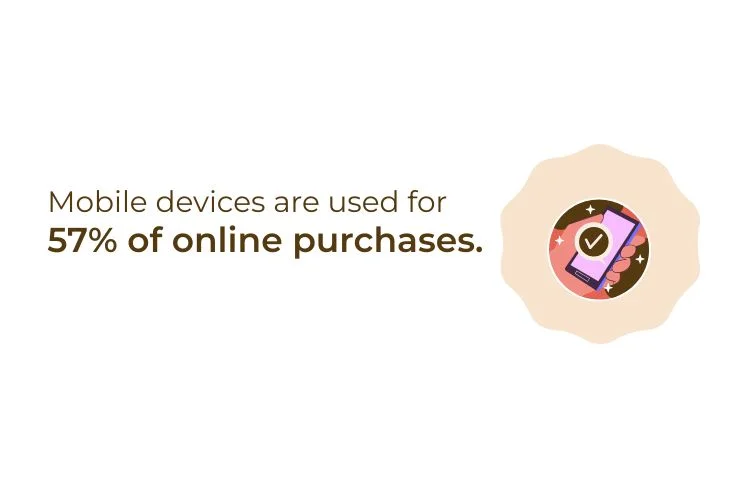
A picture is worth a thousand words, especially when it comes to eCommerce. High-quality, optimized product images not only improve the user experience but can also give your store an SEO boost.
Here’s the idea: Use descriptive filenames for your images like “blue-running-shoes.jpeg” and don’t forget to fill out the alt text. Alt-text helps search engines understand the content of your images, and it also helps with accessibility.
For example, ASOS uses multiple images on product pages, including zoomed-in views and lifestyle shots, which help customers visualize how the product fits and looks. This approach can increase time spent on your store and reduce bounce rates, which ultimately helps with SEO.
Use Schema Markup
If you want your eCommerce store to stand out in search results, use schema markup. This is a type of code you add to your site to help search engines understand the context of your content better.
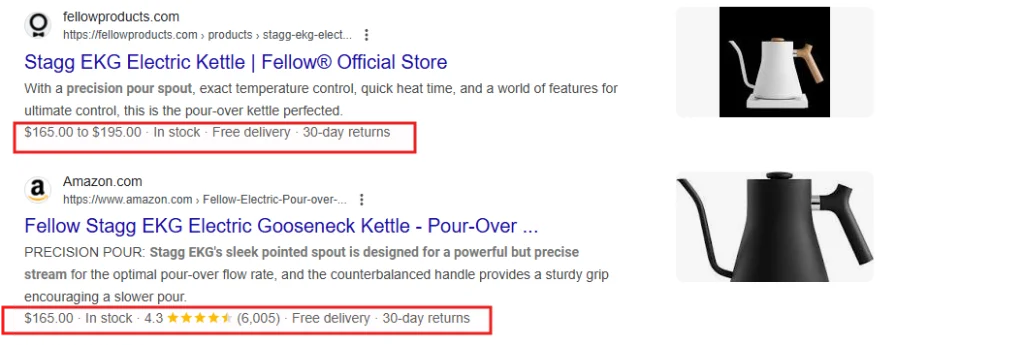
For example, you can use schema for product prices, ratings, availability, and more. If you are selling a product like “Apple iPhone 13”, schema markup can display star ratings, product reviews, and availability right in the search results. This extra information helps your products look more attractive to searchers and boosts your visibility.
Including schema on your site will not only enhance user experience but also encourage more clicks and interactions. Plus, it improves your chances of appearing in rich snippets, which enhances your rankings and CTR.
Improve On-page SEO
On-page SEO is where the magic happens- it’s all about optimizing the content and structure of your website to rank higher. Key areas include:
- Title tags: Make sure each page has a unique and keyword-rich title.
- Meta description: Craft compelling descriptions that encourage clicks.
- Headings (H1, H2, H3): Use structured headings to break up content and make it easy to read.
For example, Zara for instance, uses clear, concise titles with relevant keywords, ensuring each product is easily searchable. Their SEO strategy helps them stand out both in organic search and among competitors.
If you’re looking to build an eCommerce website, integrating proper on-page SEO will be crucial for your success.
Craft SEO Content
Content marketing and SEO are joined at the hip. Writing the right kind of content (SEO-optimized) will bring some organic traffic to your store. For example, if your business is selling fitness equipment, you could start writing blogs about workout routines, fitness tips, how-to guides, and other relevant topics.
The goal is to provide content that is useful to your target demographic while also including the correct keywords. A blog post called “10 Best Home Gym Equipment for 2025,” for instance, would bring in people looking for associated equipment and tips.
If you don’t have a blog yet, this is where you should start with SEO content to target customer pain points and frequently asked questions.
Encourage Customer Reviews
Customer reviews are gold for both SEO and trust. You need Google to love your product pages, and they do because you have reviews on there that people write on their own. Potential customers are more inclined to trust a store that has legitimate reviews.
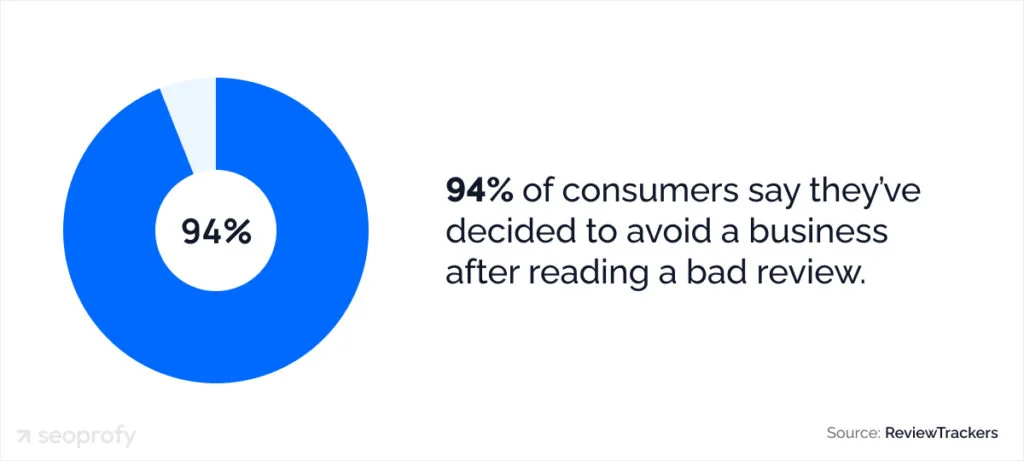
Reward customers for leaving reviews or follow up with an email after purchase. Google loves a page with more reviews and is likely to rank a review-rich page higher than a page with few or no reviews. Social proof encourages conversions, which is great for your eCommerce website, too.
Acquire Quality Backlinks
In eCommerce SEO, backlinks act as votes of confidence from other websites. The better your store’s authority and rankings will be the more relevant, quality backlinks you have pointing at your site.
To acquire backlinks:
- Guest posts on industry blogs
- Work with influencers who refer to your store
- Provide exclusive promotions not listed on other sites
Brands in the fashion industry, for example, frequently collaborate with lifestyle blogs that showcase their products or collections in the hopes to earn valuable backlinks and improve their SEO ratings. These backlinks can really help you boost the visibility of your online store.
Track SEO Metrics
You can’t improve what you don’t measure. Performing a regular eCommerce SEO audit helps identify what’s working and what needs improvement. That’s why tracking SEO performance metrics is essential for optimizing your eCommerce store. Tools like Google Analytics and Google Search Console help you keep an eye on important metrics such as organic traffic, conversion rates, and keyword rankings.
Keep track of the following:
- Organic traffic: Are you seeing a steady increase in visitors?
- Bounce rate: Are visitors staying on your site or leaving quickly?
- Conversion rate: How well is your site turning visitors into paying customers?
This data will guide your next steps and show where you need to adjust your strategies for better results. Monitoring these metrics is key to improving your eCommerce website organically and achieving long-term success.
Final Thoughts
The most common thread among the practices mentioned here is their focus on real people. Search engines aim to deliver the most relevant and valuable results to their users. By putting your efforts into understanding and satisfying your ideal customers, you can eventually enhance your eCommerce’s SEO.
With such a crowded market, eCommerce stores need marketers with SEO skills to boost online visibility. Our proven eCommerce SEO services will cover all the areas and also help you grow your business.
Contact us today for a free proposal and learn more about our eCommerce SEO services.










